Physics as Art of Harmony
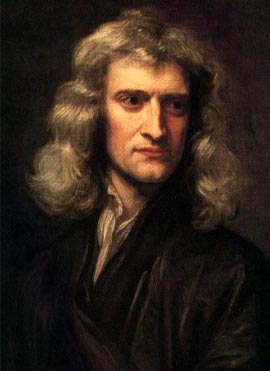
|
| |

|
| |
- Isaac Newton established a harmony between
elliptic orbits (planets) and hyperbolic orbits (comets) by writing down a
second-order differential equation.
-
James Clerk Maxwell combined all
laws of electricity and magnetism into a quartet of equations.
- Max Planck established the
harmony in low and high frequency limits of black-body radiation. In so doing
he came up with the concept of quantum.
- Albert Einstein noted
that Newton's mechanics is covariant in the Galilean system while Maxwell's
electromagnetism is Lorentz-covariant. He established the harmony between
them by making the mechanics Lorentz-covariant. In so doing, he achieved
the harmony between the energy-momentum relations for massive and massless
particles. This is known as Einstein's E = m c2 .
-
Quantum Mechanics is based on the wave-particle duality, which
is the harmony of two different ways of looking at things.
- Richard Feynman
said the adventure of our science of physics is a perpetual
attempt to recognize that the different aspects of nature are really different
aspects of the same thing. He was singing a harmony.
- Many more names, possibly including your own name. You do not have to have
a great name to do the physics of harmony. Physics belongs to Everybody.
|
|
Quartet of |
Einstein, Dirac, Wigner, Feynman |
- I came to this conclusion based on my research experience. I
published my
first paper in 1961, when I was a graduate student. Since I
am making preparations for my papers for 2011, I have maintained my
active research life for 50 years, and I have no plans to retire from
my physics life. I enjoy learning new things and enjoy writing
about them.
At the same time, I have reached the stage where I can study my own papers and think about what aspect of my papers is most significant to me. I came to the conclusion that the harmony is the most important ingredient in all of my research papers.
Like every young researcher, I used to follow what the "leaders of physics" were doing. They were very powerful in American physics, but their names are now completely forgotten. In 1965, I realized that I could not get anywhere in research by following the orders from those two places. Click here for my reasons.
- The one and only solution to this problem is to develop my own
research line consistent with my common sense and consistent (in harmony)
with the history of physics. In a more plain language, I had to find
the physicists I can trust.
Fortunately, in 1963, I had a private audience with Paul A. M. Dirac. It was like Nicodemus visiting Jesus. Dirac told me to study Lorentz covariance, and I did. I read his 1949 paper on Forms of Relativistic Dynamics. In this paper, Dirac says the task of constructing a relativistic dynamics is equivalent to constructing a suitable representation of the Poincaré group, and he write down its ten generators and the closed set of their commutation relations. But he stops there.
- On the other hand, in his 1939 paper, Eugene Wigner gave an
outline of how to construct the representations of the
Poincaré group.
I started studying this paper while I was a graduate student, but
was not able to comprehend its physical contents. Yet, Wigner
started doing what Dirac did not do in his 1949 paper.
Yes, in 1963, Dirac was essentially telling me to seek a harmony between his 1949 paper with his own 1949 paper. I worked with Marilyn Noz on this problem and published a book on this subject. Here is a review of the book.
Did you know that Dirac's wife was Wigner's sister? Click here for a story. One serious weakness of these two famous brothers-in-low was that they were not able to pick up modern high-energy physics. They did not know how to use Feynman diagrams.
- Richard Feynman invented Feynman diagrams and knew how to
use them. Feynman also knew limitations of Feynman diagrams.
In his talk at the APS Washington meeting in 1970, Feynman
said Feynman diagrams are not useful for solving bound-state
problems in the Lorentz covariant world. He suggested that
we could start with harmonic oscillators.
Click here
to see how his talk shaped up my research life.
In 1971, with his students, Feynman published a paper based on the talk he gave at the Washington meeting. Their paper contains many new physical ideas, but they totally messed up the mathematics. However, their mathematics can be replaced by that of the Poincaré group of Wigner and Dirac. This is also the content of my book with Marilyn Noz. Indeed this book is a physics quartet with Einstein, Dirac, Wigner, and Feynman.
- Since then, I published many papers. but they are basically
the physics quartet Opus 1, 2, 3, ----. I am having problems
with referees because most of them are soloists, and they cannot
appreciate the variable of harmony contained in my papers.
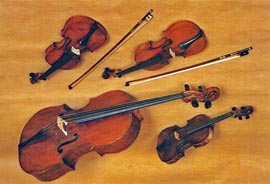
|
| |
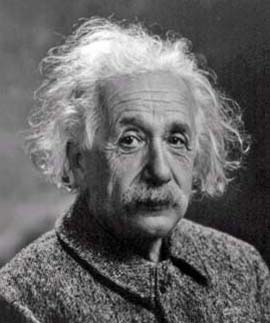
|
| |
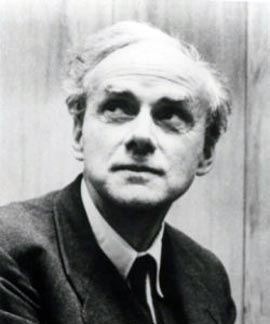
|
| |
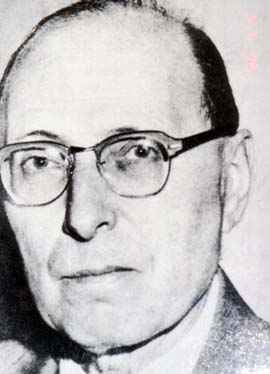
|
| |
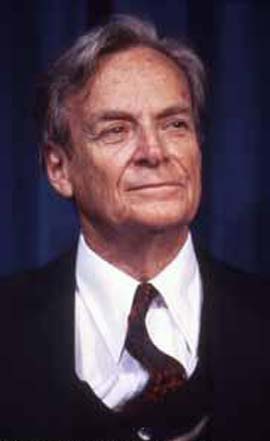
|
Ludwig van Beethoven composed sixteen string quartets. Music experts say that they constitute his autobiography covering his entire life from his early to late years. I bought the 33 rpm discs for all sixteen of them in 1957. These days, I have the CDs.
Why did Beethoven choose those quartets to write his autobiography? Why not symphonies? My prejudiced answer to this question is "harmony." He could manage the harmony most effectively and explicitly with the four string instruments.
I enjoy constructing webpages on the subject of harmony.
- Kant. In his early years,
Einstein studied the philosophy of Immanuel Kant. People say his
Kantian philosophical base played the key role in developing the concept of
relativity.
- Kaliningrad. Kant spent 80
years of his entire life in his city called Koenigsberg (now called Kaliningrad).
It is said that Kant was able to derive his philosophy from the life style of
this city.
- Planck and Einstein.
Planck and Einstein have one important thing in common. Planck connected
the low-energy behavior and high-energy behavior of the radiation law, and
found a single formula for both. Einstein's energy-momentum formula is
applicable to both high-momentum (and massless) and low-momentum (slow) limits.
- Kazan. Hillary Clinton went to
this Volga city of Kazan after hearing that Moslems and Christians live
together in harmony. I found out this in 1999 when I went there.
- Harmony in Music. The harmony
is the most important variable in music.
- Harmony in Architecture.
Architecture styles are different depending on historical background. It is
a challenge to combine those different elements into a new style.
- History of Physics. I enjoy telling stories together with photos. It is a challenge to make stylish combinations. This is the question of harmony.
copyright@2011 by Y. S. Kim, unless otherwise specified.
Click here for his home page.
Photos of Dirac and Feynman are from the AIP E. Segre Visual Archives. The photo of Wigner is from my personal collection. The 1947 photo of Einstein is in the public domain.